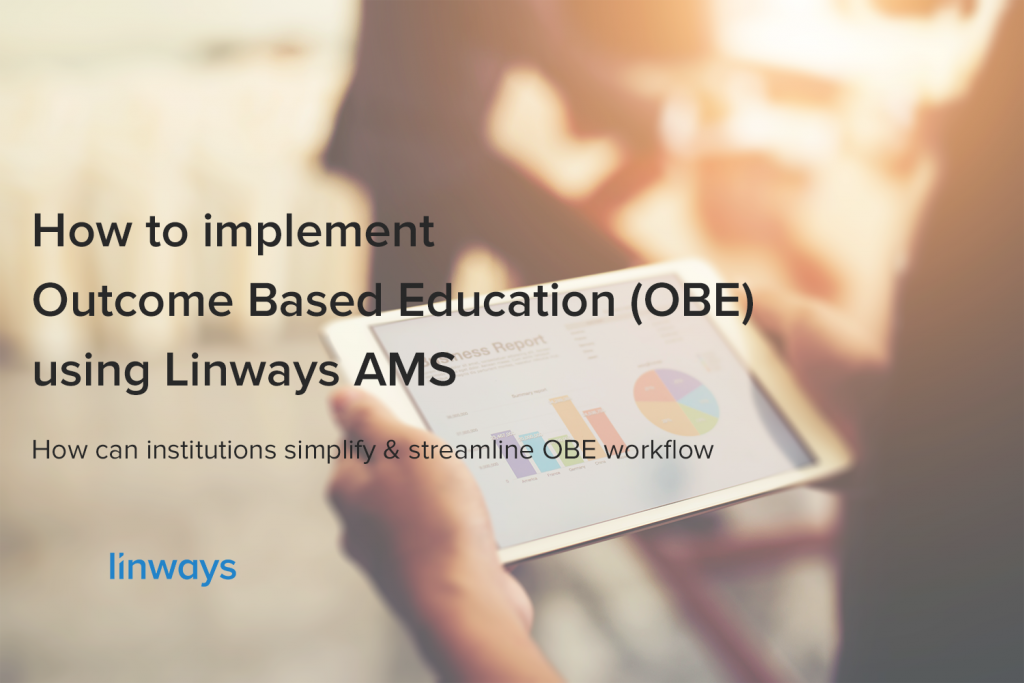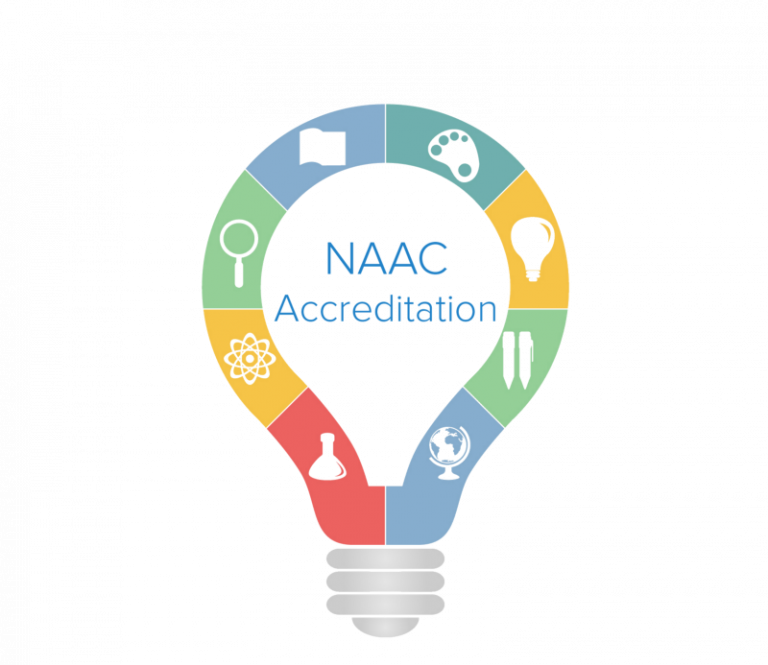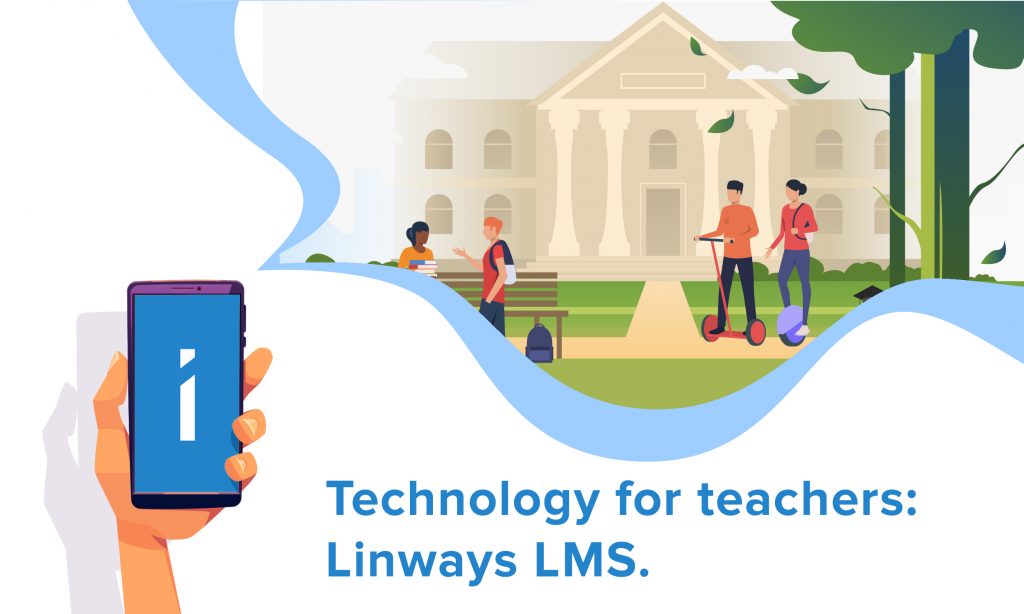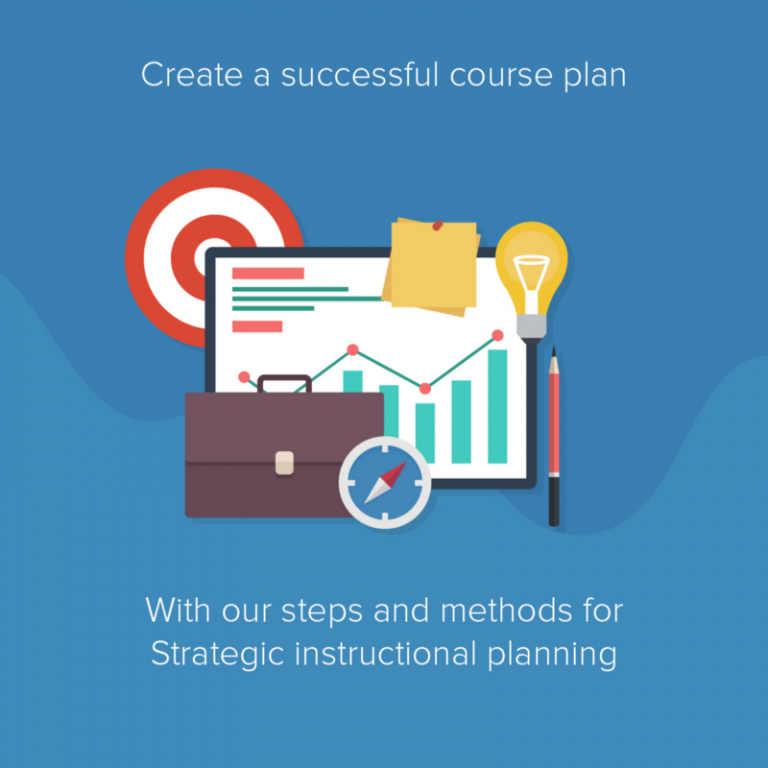How can institutions simplify and streamline OBE workflow

We have previously written a couple of blogs about Outcome Based Education. So if you want to know more about the details, you are welcome to check it out here. In this blog, we’ll be discussing how our Linways Academic Management System helps higher educational institutions to successfully implement and manage OBE.
We have been perfecting our OBE module in Linways AMS for quite some time now, and now we have a fully fledged platform that helps institutions and teachers to define outcomes, map assessments, implement course correction practices, and track achievement of the outcomes.
Since most accreditation and regulatory bodies prefer OBE to assess the quality standard of institutions, there is huge demand for OBE platforms among higher educational institutions. To cater to this huge demand and streamline complex workflows, we’ve built both NBA and NAAC related OBE modules.
We will go over the platform step by step to help you understand why Linways AMS is such a success among institutions that goes for NBA and NAAC accreditation.
OBE workflow in Linways AMS
There are multiple workflows for implementing OBE. With Linways AMS, the whole process begins with the institution setting the vision and mission. The vision is an ideal somewhere which the college wants to reach in it’s journey. Somewhere towards all the efforts and actions are pointed at. The mission is a statement that defines its actions. The ‘how’ institution chose to reach that ideal place in the vision.
The next step is to define and set the Program Outcomes (PO). A program Outcome is something that the graduates is supposed to have after completing their degree. So the institution convenes an expert committee that consist of HoDs, Deans, etc. to define the POs. Linways AMS help set these POs through the admin account.
Once we set the POs, then we move on to the Course Outcomes (CO). They are the subject-level objectives that the students should be able to achieve in order to attain the POs. The COs are then mapped to their respective POs. Mapping of COs to POs is one of the most important steps in implementing OBE. So if a particular student is achieving any of the COs, the faculty can assess his/her performance as in if they will be able to achieve the respective POs in the long run or not.
Various assessment tools are used to evaluate the attainment of these COs. Some of the common assessment tools include exams, survey, field work etc. To make this process smoother, Linways has a well designed assessment functions. Teachers can themselves add assessment metrics into the system, create a question bank, and collaborate across departments with Linways. Then while creating the question papers or evaluation guidelines, teachers only have to simply select the questions from the previously created question bank or template. While doing so, the teacher can also select and map those assessments with various COs to which each question contributes.
This way, Linways AMS ensures that there are sufficient relationship between the desired outcomes and the assessments. Every assessment is an evaluation of the attainment of the outcomes. On every step of the way, the teacher can immediately evaluate the status and performance of the student based on their outcome achievement data.
To top it off, our detailed graphical representation of all these data helps the management to get a hold of everything with a single click. The stakeholders can get their reports on Outcome Based Education and, in turn, accreditation reports right away with ease. Since the data is regularly updated into the system, the teachers don’t have to painstakingly pull up data from old files, organize them over excel, calculate their values and finally print out the final results. Linways AMS does all these for them. We also support a mission to make our campuses paperless as a green environment initiative. So besides having the data at their fingertips, the faculty or stakeholders and also share these reports with their higher authorities for better collaboration and greater insights.
Also published on Medium.




